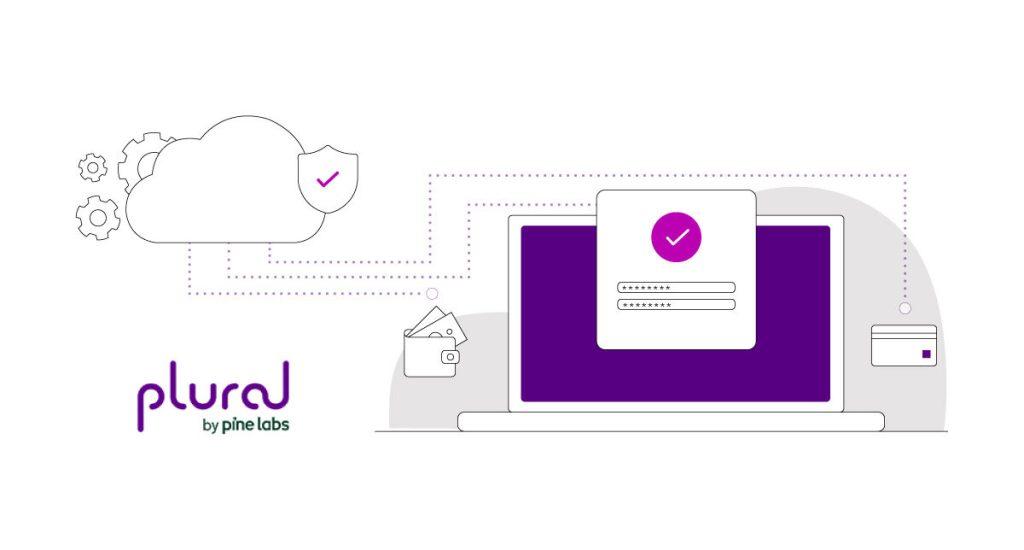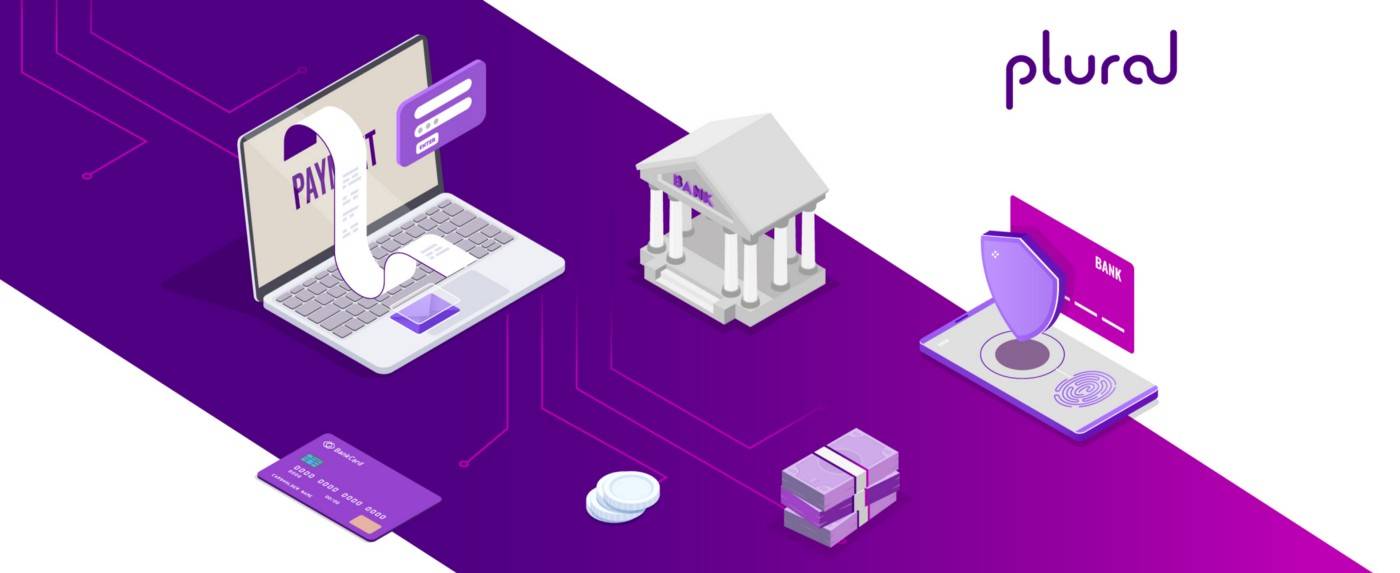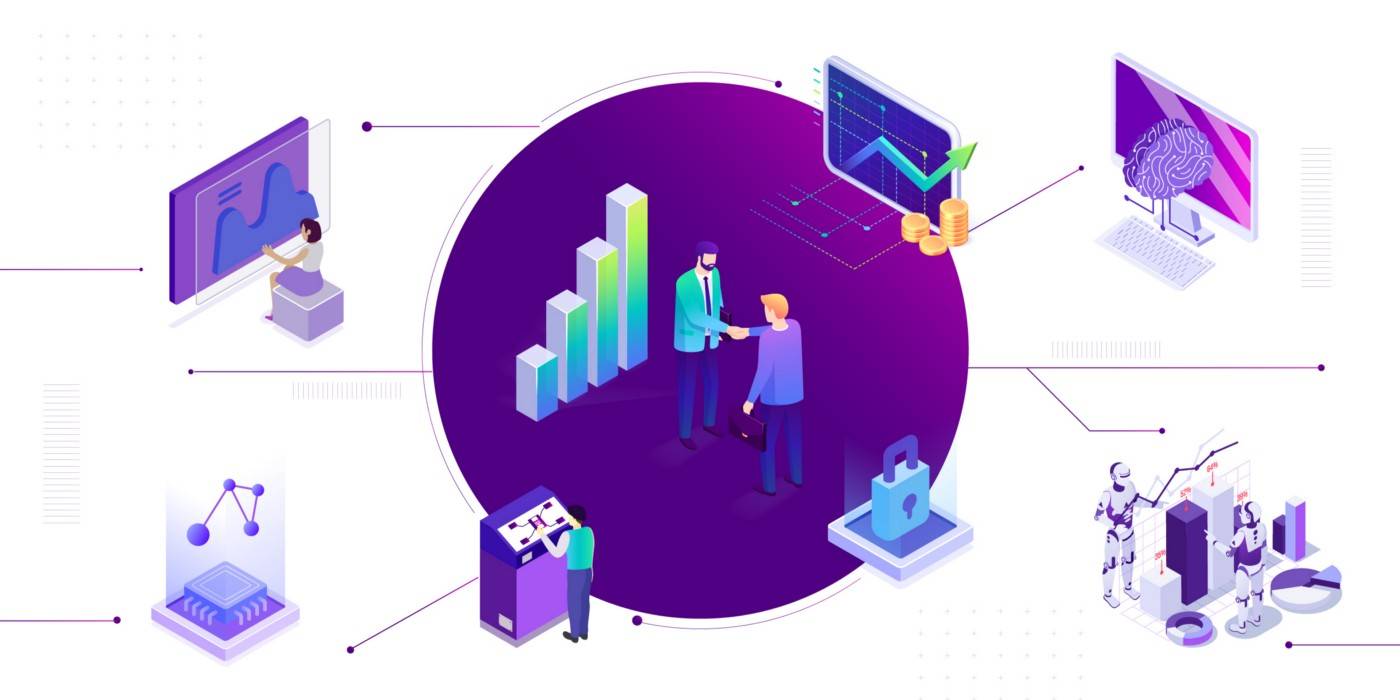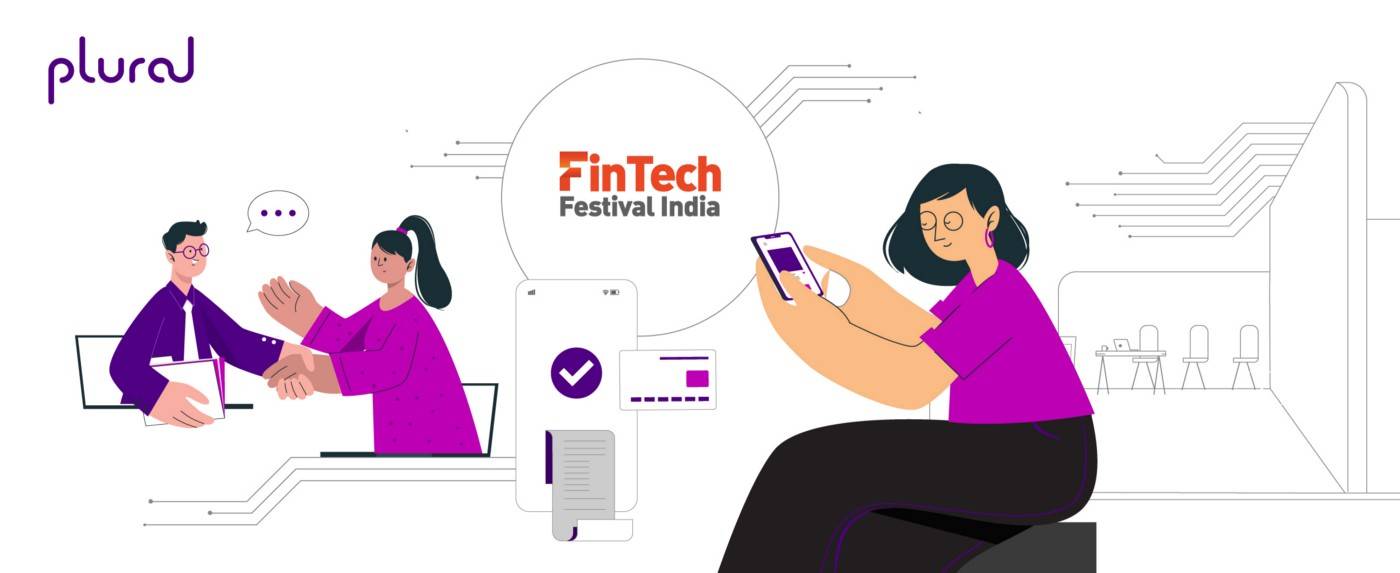Cloud technology has brought about significant changes to the way businesses operate. A plethora of similar changes can be seen in the payments ecosystem as well. Although digital payments have been around for some time now, the cloud technologies available today have worked to improve their performance and operation drastically. But how exactly has cloud technology in payment solutions been revolutionary?
According to Statista, in the financial year 2023, India recorded almost 114 billion digital payments. This number demonstrates the potential of cloud technology in boosting the adoption of digital payments across a wide range of business models and businesses.
It has enabled even mom-and-pop stores to get on board with contactless, cardless payments. Let us explore the results of harnessing cloud technology in payment solutions. Ways cloud technology can be harnessed for improved payment systems
Cloud technology has six major transformations to bring to payment systems. These changes can make payment solutions more efficient, reliable, and accessible.
1. Scaling payments
Scalability is already a massive business challenge in itself, especially where operations are concerned. Given that the adoption of digital payments has increased and is on an upwards trajectory, it is necessary to have scalability in the payments solutions a business deploys.
Moving these systems to the cloud helps to orchestrate payment system uptime in response to demand variation. For example, an eCommerce store can easily scale its payment processing requirements during sale periods if the system is housed on a cloud.
AWS, Amazon’s cloud service, helped Affirm (a fintech startup) scale its payments ecosystem for event readiness in response to gearing up for their Cyber Monday sale event in 2018. They were able to handle 5 times the normal transaction volume by moving their payments to the cloud.
You can read more about this case study here.
2. Digital engagement of customers
It is a fact that a disengaged customer poses a risk of churn, regardless of the stage of the sales pipeline they are in. They may churn after initiating a checkout process if their payment experience is not good.
This is where cloud technologies can step in with provisions like automated load distribution and server availability. These features ensure that the payment channels remain online, that the session timeout protocols keep the transactions secure, and that the customer experiences a smooth and speedy checkout.
Reducing delays encountered by a customer during the payments process helps to keep them engaged in completing the payments.
3. Adaptability to change
Customer behaviour has changed significantly over the years. The payments ecosystems must now resonate with similar modifications. Customers now expect brands to provide them with value, even at checkout, in the form of value add-ons or other perks and incentives.
Housing the payments system on the cloud creates the opportunity to plug in other ERPs and services to the payments solutions easily. This way, businesses can incorporate contextual experiences for each individual user and adapt their offerings according to customer demands.
As soon as a shift in the trends or demands is observed, payment solutions can be immediately updated through the cloud with newer and innovative offerings.
4. Improved transaction speed with cloud technology in payment solutions
If your business is experiencing frequent checkout abandonments, you may want to check the speed of your payment processes. Chances are that your customers are churning because of slow transaction speeds.
The slower the speed of a transaction, the more chances it has to fail. This has a high impact on customer satisfaction levels and payment efficiency. Leveraging cloud technology brings within your reach high computing power and high system availability, which tremendously speeds up a transaction.
The speedier the transactions, the higher the chances of your customers completing the checkout process and finishing a purchase.
5. Cost reduction
Every digital solution requires hardware to live on. The challenge is that each year, the hardware has newer, more improved versions that are more performant. It adds cost to your bill to update your hardware with each new release.
On the other hand, for a cloud provider, it is their business to keep systems up to date and running on the latest processors, providing the highest possible computing power and server availability to the clients.
Housing your payment solution on the latest available cloud technology for a minimal monthly charge (or pay-as-you-go models) is more economical than having to update your assets each year or with each new upgrade launch.
6. Service innovation
Cloud technologies enable payment service providers to access new tools and features in order to polish their offerings. It makes innovations possible and brings more value to the customers with each transaction.
Value like contextual enhancement of payments made by a repeat customer or automatically applying the relevant incentives, offers, discounts, speciality rewards, etc., at checkout, can be effectively delivered to the customer seamlessly.
Wrapping Up
In addition to reducing costs, innovating payment services, enabling speedier transactions and driving customer spending, cloud technologies also make collaboration possible. It makes interoperability possible between two institutions or entities.
If you’re looking for payment solutions for your business, reach out to us.

Amrita Konaiagari is a Marketing Manager at Plural by Pine Labs and Editor of the Plural blog. She has over 10 years of marketing experience across Media & Tech industries and holds a Master’s degree in Communication and Journalism. She has a passion for home décor and is most definitely a dog person.




